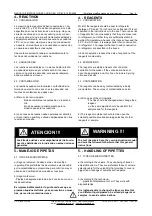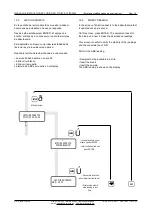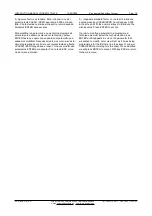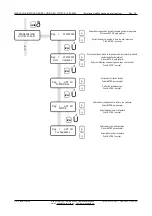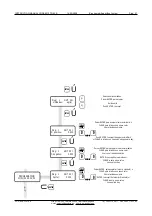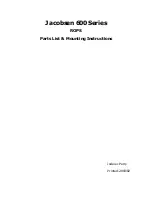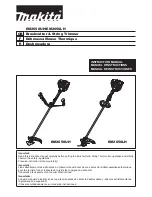
MANUAL DE INSTRUCCIONES CODIGO 80137 REV B 14/03/2008
(Sujetas a modi
fi
caciones sin previo aviso)
Pag.: 6
J.P. SELECTA
s.a.
Ctra. NII Km 585.1 Abrera 08630 (Barcelona) España
Tel 34 93 770 08 77 Fax 34 93 770 23 62
e-mail: [email protected] - http://www.jpselecta.es
4.- REACTIVOS
4.1. CONSERVACIÓN
La mayoría de los reactivos deben conservarse en ne-
vera (entre 2°C y 8°C). No deben congelarse si no está
especi
fi
cado en las instrucciones o en la caja. Hay una
serie de reactivos que no es necesario que se conser-
ven en nevera, sino que son su
fi
cientemente estables a
Temperatura ambiente, siempre que esta no exceda los
25°C, en cuyo caso, siempre es mejor su conservación
en nevera. Los reactivos que no necesitan conservación
en nevera se especi
fi
ca en las cajitas.
Una mala conservación rebaja considerablemente la
fecha de caducidad de los reactivos.
4.2. CADUCIDADES
Los reactivos son estables por lo menos hasta la fecha
de caducidad impresa por el fabricante. Si la conser-
vación no ha sido la adecuada, esta puede rebajarse,
dando resultados erróneos.
4.3. CONTAMINACIÓN
Los reactivos pueden contaminarse con facilidad si la
forma de operación con ellos no es la adecuada. Las
fuentes de contaminación pueden ser:
a) Mal uso de la micropipeta:
-Deben cambiarse las puntas de un reactivo a
otro.
-No debe usarse la misma pipeta para la
muestra que para los reactivos.
b) Los envases de reactivo deben permanecer abiertos
el menor tiempo posible y evitando salpicaduras de otros
reactivos o muestra.
Los kits de análisis van acompañados de instruccio-
nes más detalladas de lo indicado en estas nociones
generales
ATENCION !!!
5.- MANEJO DE PIPETAS
5.1. TIPOS DE MICROPIPETAS.
a) Según el volumen: Pueden ser de volumen
fi
jo o
regulable. Son preferibles las de volumen seleccionable
por la versatilidad que proporciona para cubrir un mayor
abanico de dosi
fi
cación de muestras y reactivos.
b) Según la técnica:
-Pipetas de desplazamiento de aire. Funcionan con pun-
tas desechables.
Es imprescindible cambiar la punta cada vez que se
pipetean líquidos distintos, ya sean reactivos o mues-
tras, para evitar contaminaciones.
4. - REAGENTS
4.1. CONSERVATION
Most of the reagents should be kept in refrigerator
(between 2°C and 8°C). It should not be freezed if it is not
speci
fi
ed in the instructions or in the box. There is a series
of reagents that is not necessary that they are conserved
in refrigerator, but rather they are suf
fi
ciently stable to
ambient Temperature, whenever this it doesn’t exceed the
25°C, in which case, it is always better their conservation
in refrigerator. The reagents that don’t need conservation
in refrigerator are speci
fi
ed in the boxes.
A bad conservation reduces the date of expiration of the
reagents considerably.
4.2. EXPIRATIONS
The reagents are stable at least so far of printed
expiration for the maker. If the conservation has not
been the appropriate one, this it can be lowered, giving
erroneous results.
4.3. CONTAMINATION
The reagents can be easy contaminated by a badly
manipulation. The sources of contamination can be:
a) Wrong use of the micropipette:
-The tips should be changed when change the a
reagent.
-no the same pipette should be used for the
samples and for the reagents.
b) The reagent containers should remain open the
smallest possible time and avoiding splashes of other
reagents or sample.
The test chemicals have they own instruction manual
and must be followed futhermore that this general
instructions
WARNNING !!!
5. - HANDLING OF PIPETTES
5.1. TYPES DE MICROPIPETTES.
a) According to the volume: They can being of
fi
xed or
adjustable volume. They are preferable those of volume
seleccionable for the versatility that provides to cover a
bigger fan of dosage of samples and reagents.
b) According to the technique:
-pipettes of displacement of air. They work with
disposable tips.
It is indispensable to change the tip every time that
you different liquid pipetean, be already reagents or
samples, to avoid contaminations.






